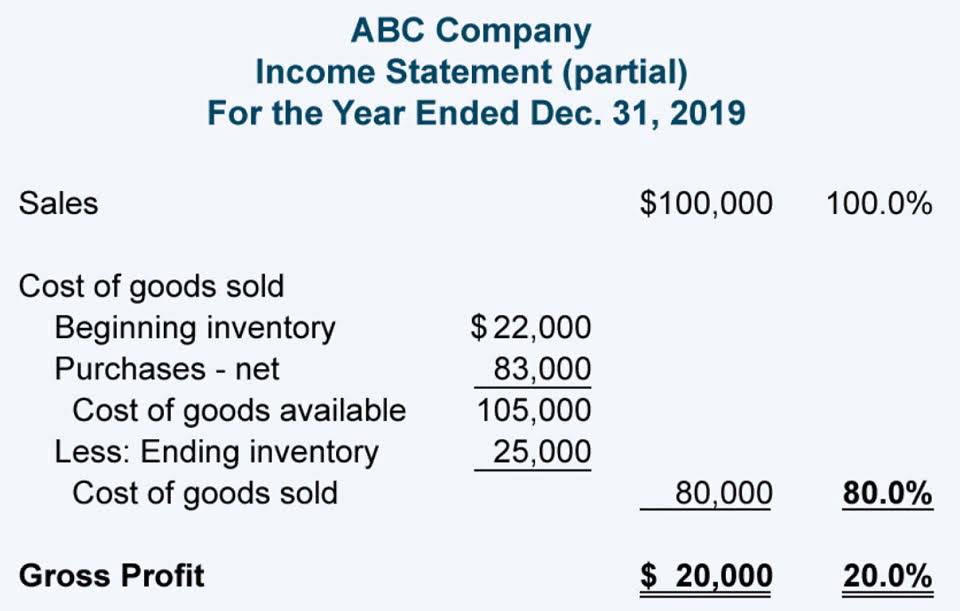
The most common accounting method of restaurants is cash accounting or cash basis. This method allows businesses to record their generated income when cash is received from services rendered or paid for expenses and costs. Since restaurants and bars deal with a lot of cash daily, this method is the preferred method. When selecting a restaurant accounting firm, you should evaluate a number of factors – technical expertise, reputation, reviews, industry know-how, and costs. Your ideal accounting partner understands restaurant and food services businesses and the issues that affect them; this includes point-of-sale, leases, controlling prime cost ratios and food and beverage inventory management.
- This is the biggest difference between restaurant accounting services and restaurant bookkeeping.
- Accurate bookkeeping is the first step, as accounting analyses and reports won’t be reliable without it.
- The other part of the prime cost equation covers the line items that make up your labor costs.
- You and your accountant will work on certain bookkeeping and accounting tasks together.
- Based on the size of your restaurant, you can set up an inventory management system that optimizes food costs and reduces waste.
When selecting an accounting firm, you’ll consider many factors—technical expertise, industry know-how, reputation, fees. Your ideal service team understands restaurant companies and the issues that affect you, including point-of-sale, leases, and food and beverage inventory controls. At Global Shared Services, we provide restaurants with outsourced accounting and financial services that are priced below the market and perform above it.
Inventory inspections
Learn more about Lavu’s restaurant POS system, which can integrate with accounting software, as well as a variety of other software types. The cost usually depends on the type of work, size of the restaurant, and its location. It will also cost you more to hire an accountant that it does a bookkeeper. This is because an accountant is both more trained and experienced in fieldwork than a bookkeeper. Keep each individual’s role in mind and come up with ways of holding them accountable.
Learn about other accounting mistakes commonly made by restaurant owners (and how to avoid them) here. At a basic level, it helps to streamline accounts receivable and accounts payable. Restaurants, though, have transactional trends that are closely correlated to the days https://www.bookstime.com/ of the week. Fridays and Saturdays, for example, are nearly always the busiest restaurant days. This makes month-by-month reporting less helpful – a month with more weekends will always look better than a month with fewer weekends, making data more difficult to decipher.
Should you hire an in-house accountant or use outside accounting services?
At a high level, accounting’s purpose is to keep track of financial data. Without accounting, there would be no way to measure income, expenses, or profits. Good accounting keeps data accessible and accurate, allowing business owners the ability to make good decisions that improve profits. The cost of goods sold (COGS) is also an essential part of inventory management. The cost of goods sold equals the direct costs that a company pays to acquire the materials needed to create what it’s selling.

Check out all of the available accounting software products available on FreshBooks. This is further broken down into business-specific categories or sub-accounts, such as inventory, sales, and marketing. While setting up the chart of accounts, it’s important to decide the metrics you want to monitor. This allows income and expenses to be matched to the time periods in which they actually occur, and also gives visibility into upcoming cash flows.
Daily Restaurant Opening Checklist [+ Bonus Closing Checklist]
Any business teetering on profitability — which many restaurants do — should use the accrual method of accounting to know where it stands. Restaurant owners not only worry about all the things other business owners worry about, but they also have to manage unique payroll and inventory issues. Keep these four considerations in mind as you build your restaurant accounting system. When performing accounting for restaurants, it’s critical to factor in taxes and compliance. This category includes everything from wage garnishment to payroll tax returns to 401(k) reporting to industry legislation and regulations. Forgetting these factors can mean crippling penalties and fees in an already low-margin business.
Juggling reservations, staff schedules, and daily specials can be overwhelming. There are several types of costs that you should consider before investing in a POS system.
You should always reconcile accounts payable before putting your invoices into your accounting software. To do this, you can use a process known as the “Three Way Match.” First, look at your restaurant’s purchase order, then your receiving order, how to do bookkeeping for a restaurant and finally, the vendor invoice. Make sure that what was ordered was fulfilled, and the amount owed is correct. Accounts payable is a bookkeeping process that handles paying invoices from vendors and suppliers, including food inventory.


